
Carrie R
Sewing is my passion. I took up needle and thread at the tender age of eight, and fell in love with the craft in my early teens. That craft blossomed as I continued my education, earning a Bachelor of Science Degree in Costume Design.
In my early college days, I was introduced to the art of vestment making. Working with needle and thread, fabric and trims to make beautiful vestment and inspire and encourage others to use their skills in service for the Lord's House is now my heart's desire.
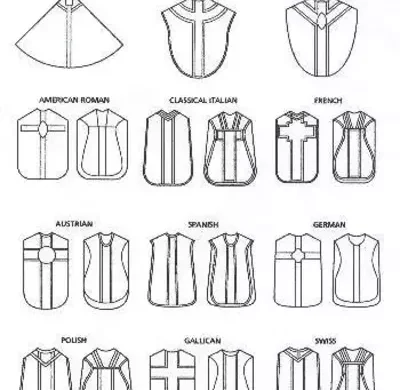
Monk habits, historical garments made in monasteries, had unique designs, each order having its own variations. The patterns and techniques were kept secret. With changing times, habits faded, and the knowledge of making them vanished. Traditional Monk Habit patterns and construction techniques are now disappearing with the loss of skilled tailors.
Like this:
Like Loading...
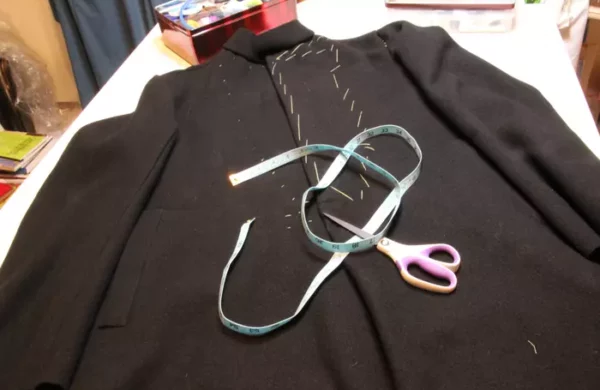
Returning Home – Monastic Habit – a young tailor from a monastery asked help with fitting, construction, and pattern drafting skills for a Monk Habit. Faced challenges with historical pattern blocks and sleeve fitting. After extensive research, they discovered instructions for drafting the Monk habit, successfully completing the pattern.
Like this:
Like Loading...
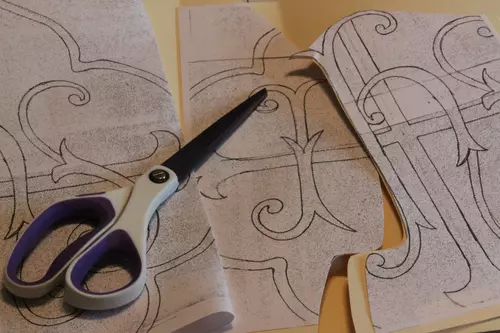
In Ecclesiastical Sewing projects, planning ahead – For the IHS Goldwork Design on Rose Vestments, new techniques are being considered. One option involves cutting IHS letters from card and padding with gold wire thread. Getting accurate shapes was a challenge, but found Pellon Clear Fuse, which worked well for tracing the letters onto card padding.
Like this:
Like Loading...
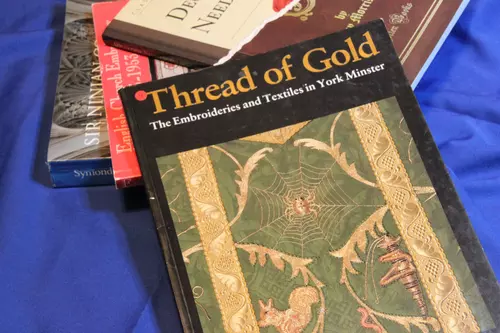
In “Books: The Next Best Thing Part III,” the focus is on Ecclesiastical Giants from the past two centuries. discovering “Thread of Gold: The Embroideries and Textiles of York Minster.” This book, edited by Elizabeth Ingram, offers the history of Ecclesiastical Embroidery and Vestments at York Minster. From pre-Reformation origins to fascinating stories about Queen Victoria’s silk and the restoration of the Great Processional Banner, the book provides a rich visual and historical embroidery.
Like this:
Like Loading...
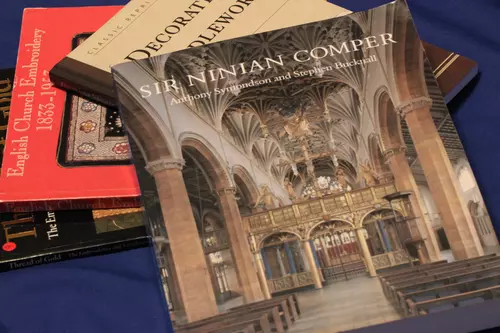
Ecclesiastical Sewing looks at Sir Ninian Comper’s work in the book “Sir Ninian Comper” by Anthony Symondson and Stephen Bucknall. Born in 1864, Comper aimed to make beautiful things that lead people to worship God. The book, with black-and-white photos, shows Comper’s creations like altars and beautiful copes with detailed embroidery. His idea was simple: “A person should like beautiful things from a young age.” The book gives a peek into Comper’s lasting influence on Ecclesiastical design.
Like this:
Like Loading...
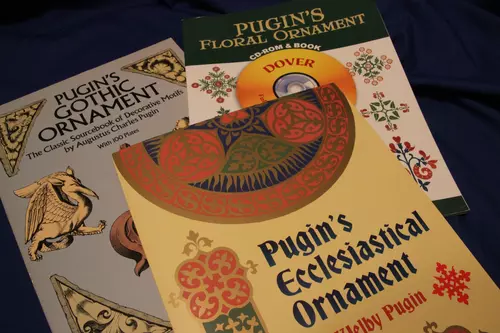
Ecclesiastical Sewing explores new books on Ecclesiastical Giants as an alternative to attending the Giants of Gothic Revival event at the Victoria and Albert Museum. The collection includes works by Augustus Welby Northmore Pugin, such as “Pugin’s Gothic Ornament,” “Pugin’s Floral Ornament,” and “Colored Plates from Pugin’s Ecclesiastical Ornaments.” These books offer insights into Pugin’s intricate designs and patterns, from wood and stone carving to delicate floral motifs. Additionally, Pugin’s “Glossary of Ecclesiastical Ornament and Costume” provides valuable insights into various Ecclesiastical terms.
Like this:
Like Loading...
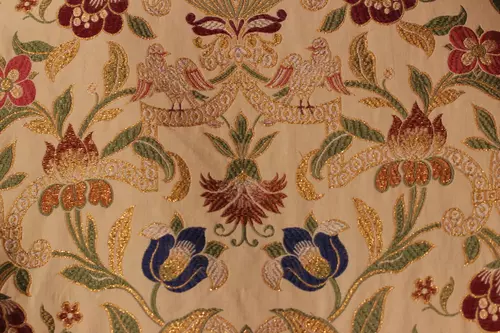
Ecclesiastical Sewing created Rose Vestments for Gaudete and Laetare Sundays. The set included an Altar Frontal, Pulpit Fall, Stole, Maniple, Chasuble, and optional Chalice Veil and Burse. Fabrics like Rose Florence Brocade and Verona Lurex Tapestry with symbolic bird motifs were chosen. The Altar Frontal featured intricate Ecclesiastical Embroidery. The Verona Tapestry’s rich design minimized the need for extensive embroidery, with selected trimmings completing the set.
Like this:
Like Loading...
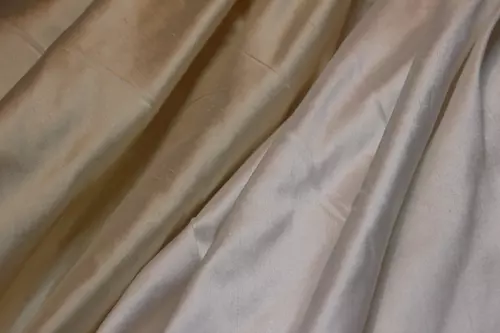
Choosing fabrics for Ecclesiastical Sewing involves factors like season, budget, and project duration. Silk Dupioni and cost-effective options suit various vestment pieces. True Ecclesiastical Fabrics like Fairford and Wakefield, though pricier, offer quality and durability. Their longevity justifies the investment, making the cost minimal over the Vestment’s service life.
Like this:
Like Loading...
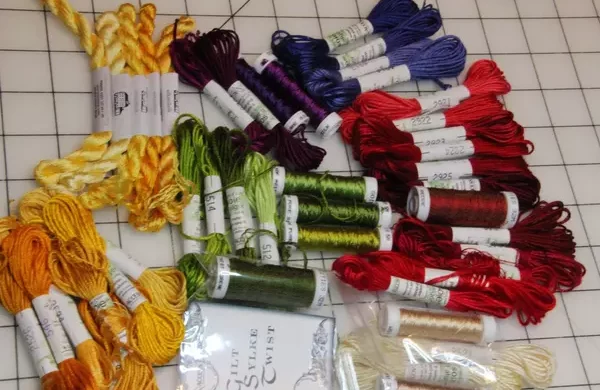
Testing colors for the Easter Set Pulpit Fall involves a rich and vibrant palette to convey the Glory of the Resurrection. The initial focus is on the color green, stitched with Au Ver A Soie- Soie D’Alger, Soie Paris, and Gilt Silk Twist. The lily leaves are satin stitched, with stem stitching using two strands for a textured effect.
Like this:
Like Loading...
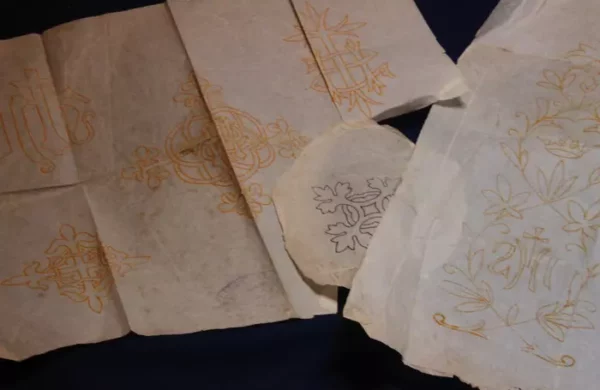
Discovering hidden treasures in vintage Ecclesiastical Embroidery transfers is always exciting. While exploring a worn book, unexpected finds emerged, including a small iron-on transfer suitable for stole ends or whitework on Church Linens. Moreover, a larger transfer sheet with four designs, and another long and narrow design, provided valuable resources for enhancing Ecclesiastical Embroidery projects.
Like this:
Like Loading...
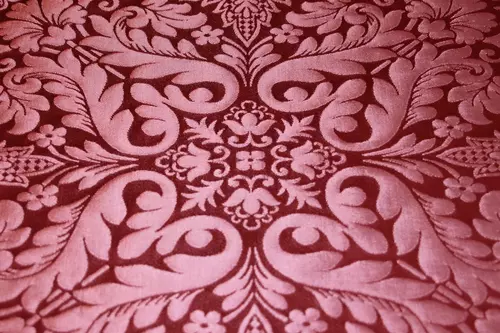
Pattern repeats in Ecclesiastical fabrics might sound scary, but fear not! Let’s take a lovely brocade, like the Florence from the UK. It’s got motifs like floral stars and stylized flowers. The key is the “pattern repeat.” For Florence, it’s 14 1/2″ both lengthwise and widthwise. So, if you start at a point on a motif and follow it until you hit the same point on the next identical motif, that’s one repeat. Simple! It’s like a beautiful puzzle waiting to be solved.
Like this:
Like Loading...
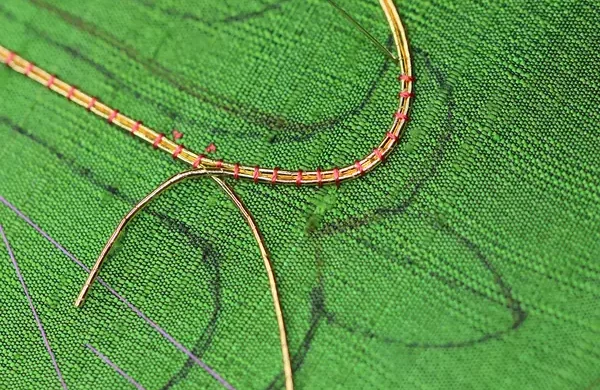
IHS Goldwork Embroidery for the Rose Vestment Set Altar Frontal. Inspired by a detailed Fleur end in a design notebook, Silk Wrapped Purl was used for the cross. The technique involves a central line splitting into two at the Fleur ends. Adding a second gold thread using the “turn one, cut one method” from the A to Z Goldwork Book by Inspirations
Like this:
Like Loading...
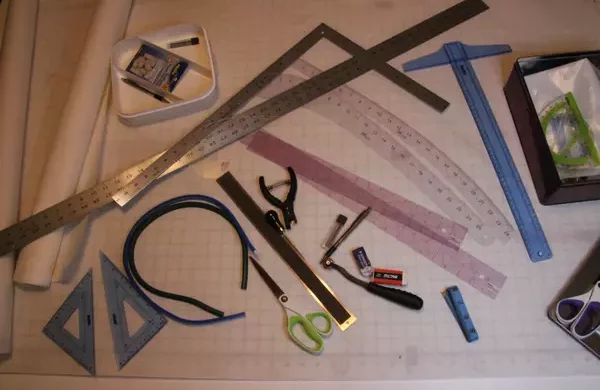
Updating pattern-making tools for Ecclesiastical Sewing projects. New additions include wide paper rolls (48″ and 24″), curved rulers, triangles, and a flexible curve for those tricky curves.
Like this:
Like Loading...
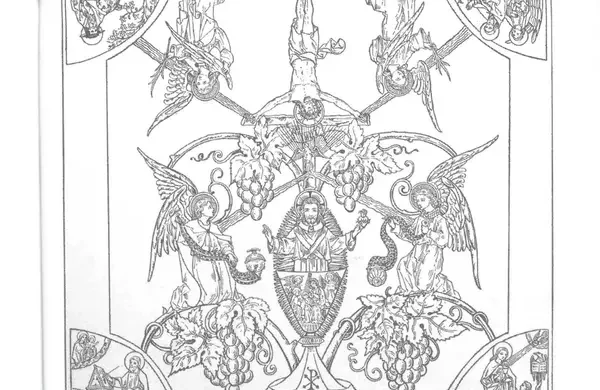
Alethea Wiel, a skilled Ecclesiastical Artisan from 1894, designed a Chalice Veil rich in symbolism. The illustration includes a chalice on seven rocks representing the Seven Sacraments, with the Nativity engraved on the chalice. Angels, Luke, and John surround Christ, while the reverse side showcased the Crucifixion with angels shielding their eyes. A vine, symbolizing Christ, intertwines throughout the design.
Like this:
Like Loading...
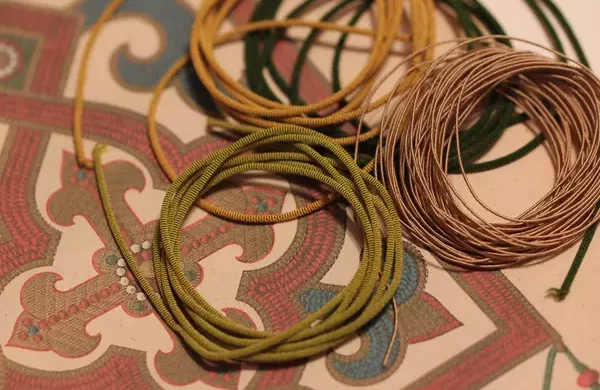
Silk Wrapped Purl and Silk Gimp from Thistle Threads offer exciting possibilities for Ecclesiastical Embroidery projects. Despite their unique qualities, figuring out how to use these threads can be a challenge. Tricia’s blog from The Embroiderer’s Story highlighted the difficulties faced by manufacturers of these specialized threads. To support their survival, an order was placed for Silk Wrapped Purl and Silk Gimp. The Silk Wrapped Purl, neatly packaged in one-yard lengths, possesses a playful, flexible nature. The Silk Gimp, a versatile thread, can be used for outlines, fillings, or couching, providing endless creative options for Ecclesiastical Embroidery projects.
Like this:
Like Loading...

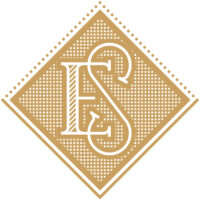














You must be logged in to post a comment.